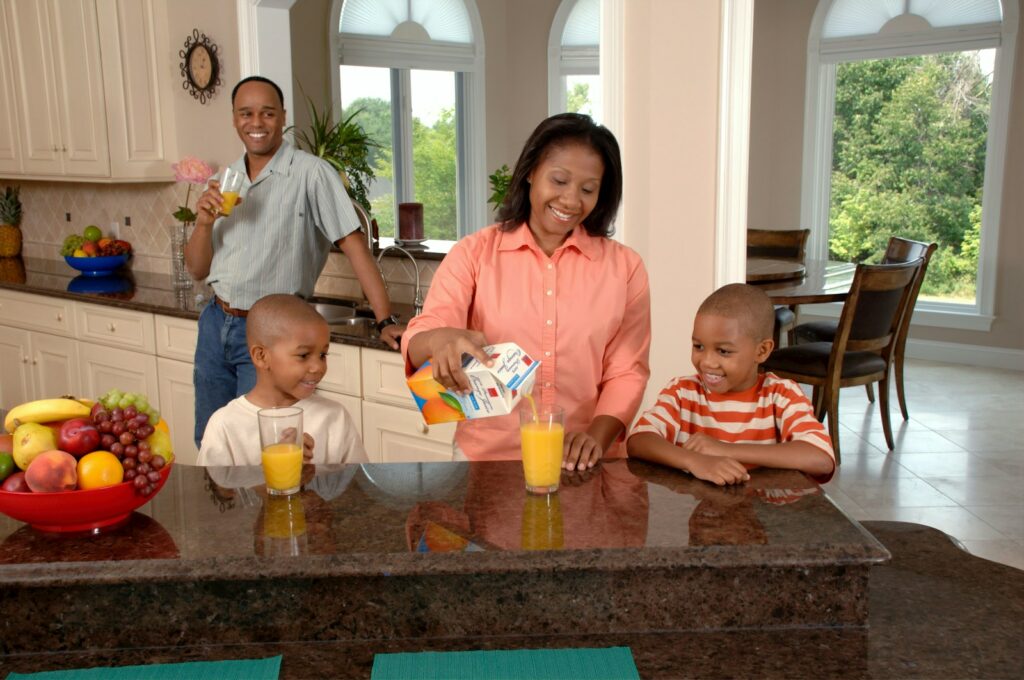Welcoming a pediatric in-home caregiver into your space marks a significant step in managing your child’s healthcare needs within the comfort and familiarity of your own home. This transition not only brings specialized care directly to your child but also introduces new dynamics into your family’s daily routine. To ensure a smooth integration and create an environment conducive to your child’s health and well-being, certain preparations are necessary. This guide aims to help parents navigate the process of preparing their home for pediatric in-home care, ensuring safety, efficiency, and comfort for both the child and the caregiver.
Understanding the Scope of Care
Before any physical preparations begin, it’s essential to have a clear understanding of the type of care your child will be receiving. Discuss with the healthcare provider or agency about the specific needs of your child, including any medical equipment, space requirements, and daily routines. This understanding will guide your preparations and help you create a tailored environment for your child’s care.
Creating a Dedicated Care Space
Comfort and Accessibility
Identify a space in your home that can be dedicated to your child’s care. This could be their bedroom or another area that is comfortable for the child and efficient for the caregiver. Ensure this space is easily accessible and free from unnecessary clutter. Consider the placement of furniture and medical equipment for optimal functionality and ease of movement.
Safety and Sanitation
Safety is paramount in a pediatric care setting. Child-proof the care area by securing furniture to the wall, covering electrical outlets, and removing any small or hazardous objects. Additionally, establish a sanitation station within the space, equipped with hand sanitizer, disinfectant wipes, and a waste bin for disposable gloves and masks. This will help maintain a hygienic environment, reducing the risk of infections.
Organizing Medical Supplies
Accessibility and Organization
Organize all medical supplies and equipment in a manner that is easily accessible to the caregiver. Use labeled bins, drawers, or shelves to store medications, feeding supplies, respiratory care items, and other necessities. Keeping these items organized not only streamlines the caregiver’s work but also minimizes the risk of errors.
Emergency Preparedness
Ensure that a well-stocked first aid kit and emergency contact information are readily available in the care area. Include instructions for emergency procedures, a list of your child’s medications, and any important medical history that a healthcare professional might need in an emergency.
Establishing Communication Channels
Daily Log and Information Sharing
Create a system for daily communication with the caregiver. This could be a logbook or a digital document where the caregiver can record your child’s daily activities, medical care, and any observations. This log will be crucial for monitoring your child’s progress and facilitating communication between parents and caregivers.
Scheduling and Boundaries
Discuss and agree upon a schedule that outlines the caregiver’s working hours, breaks, and any specific routines to follow. It’s also important to set clear boundaries regarding the use of shared spaces and household amenities, ensuring privacy and respect for all members of the household.
Preparing Your Family
Introducing the Caregiver
Prepare your family, especially your child, for the introduction of a new caregiver into their daily life. Discuss the caregiver’s role and how they will be helping out. If possible, arrange a meet-and-greet before care begins to help build a comfortable relationship.
Adjusting Family Routines
Consider how the caregiver’s presence might affect your family’s daily routines and make adjustments as necessary. This might include meal times, use of communal areas, and household noise levels during rest periods.
Waking Up to the Dangers of Pediatric Sleep Apnea and Sleep Deprivation(Opens in a new browser tab)
Conclusion
Preparing your home for pediatric in-home care involves thoughtful organization, safety measures, and clear communication to create a nurturing environment for your child. By taking these steps, parents can ensure that their home is not only ready for the caregiver’s arrival but also optimized for their child’s health and comfort. This preparation lays the foundation for a successful caregiving relationship, ultimately contributing to the overall well-being and progress of your child.
